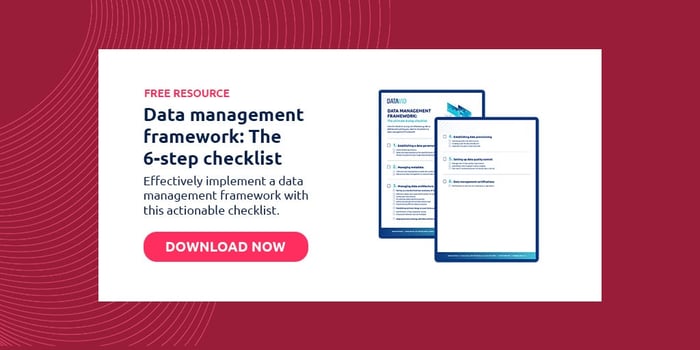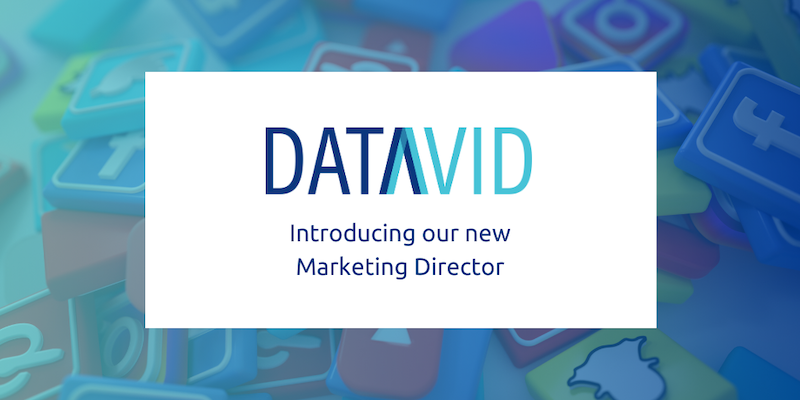4 minute read
Data ingestion architecture: The complete guide [2023]
Good data ingestion architecture is vital for any organisation to stay competitive; here is a guide to help you get started.
Table of contents
The architecture of a data ingestion pipeline is made of 6 layers: 1) Ingestion, 2) Collection, 3) Processing, 4) Storage, 5) Querying, and 6) Visualization. All of them are important for proper implementation.
Big data can help your business identify and generate new growth opportunities, surpass the competition, and deliver a seamless customer experience.
Nonetheless, you can only get the best out of your data if you build a good-quality data ingestion architecture that powers your organization’s digital transformation.
Data ingestion entails importing data from a source into the staging environment. The data source could be a file, warehouse, product, or vendor.
From the staging environment, the data can be transferred or transformed to its destination. Ingestion is the first stage in a data pipeline.
Why ingestion is essential to a data analytics architecture
Data ingestion is among the most critical components of data analytics architecture because it involves bringing in the data.
It also deals with the constant data supply to the destination for seamless analytics.
Ingestion speeds up the data pipelining process and helps determine the complexity and scale of the data your business needs for mission-critical tasks.
It also helps you identify data sources that are beneficial to your organisation.
Data ingestion types
Data ingestion falls into three categories: batches, real-time, and a combination of both.
1. Batch-based data ingestion
When ingesting data in batches, it gets transferred repetitively at scheduled intervals.
The process is helpful when data gets collected at fixed intervals, such as attendance and daily report generation.
2. Real-time data ingestion
This entails streaming time-sensitive data.
Real-time data ingestion plays a significant role in instances where extracting, processing, and loading data is required to provide insights that impact the strategy and product.
For instance, data from power grids needs to be extracted, processed, analysed, and loaded in real time to prevent transmission errors and power outages.
3. Lambda-based data ingestion
This is a combination of batch-based and real-time data ingestion. It leverages batch processing to collect data while providing a broader outlook of the results of batch data. In lambda-based data ingestion, real-time processing can provide a perspective on time-sensitive data.
The architectural framework of data ingestion pipelines
To understand the data ingestion process, you first need to know about the architectural framework of data pipelines.
A data pipeline has a six-layer architecture that guarantees stable data flow. The layers are:

1. Data ingestion layer
The data ingestion layer is the first layer of the data pipeline.
Typically, data comes from multiple sources, and the data ingestion layer is designed to prioritise and categorise the data.
It helps to determine the data flow for additional processing.
2. Data collection layer
This layer of the data pipeline focuses on transferring data to other layers in the ingestion pipeline. It’s designed to break the data for analytical processing.
3. Data processing layer
This is the prime layer in a data ingestion pipeline.
It processes data collected in the ingestion and collection layers, preparing it for the subsequent layers.
The data processing layer also classifies data destinations and data flow and begins the analytics process.
4. Data storage layer
As the name implies, this layer is involved with storing processed data.
The process becomes even more complex as the volume of data grows.
The data storage layer is an excellent storage location for large volumes of data.
5. Data query layer
This is the analytical stage in a data ingestion pipeline.
At the data query layer, various data operations get queried in preparation for the data’s flow to the subsequent layers.
This helps to add value to data from the previous layers before sending it to the next layers.
6. Data visualisation Layer
The data visualisation layer is the final stage of a data ingestion pipeline and primarily deals with data presentation.
It shows users the value of data in understandable formats. At the data visualisation layer, data is properly presented to provide insights to users.
Benefits of well-designed data ingestion
Data silos are arguably among the most significant challenges that most businesses face.
When your organisation’s data is stirred across multiple sources, finding, structuring, and analysing it will be challenging.
However, with a connector like Datavid Rover, it’s easier to bring all your data sources together under one roof.
A well-designed data ingestion pipeline offers numerous benefits, including:
Benefit #1: Speed and flexibility
When your organisation needs to make huge decisions, the required data should be available when needed.
A well-designed data ingestion pipeline has minimal downtime. Therefore, it’s easier to cleanse your data.
Benefit #2: Security
With recent cyber attacks, it’s easy to see that moving data is a primary security concern.
A well-designed data ingestion architecture helps to protect your data from threats while ensuring compliance with regulations such as HIPAA and GDPR.
Benefit #3: Cost-effectiveness
Well-designed ingestion architecture automates time-consuming and costly processes, helping you save money.
Besides, data ingestion can be more affordable if you have a well-designed architectural framework.
Benefit #4: Less complex
Although you might find a broad range of sources with multiple data types and schemas, a well-planned data ingestion pipeline eliminates the challenges of bridging these sources.
Data ingestion vs. ETL

Data ingestion and ETL are different components of the same workflow, which often get confused with each other.
Therefore, ingestion is a broader process than ETL because it involves ingesting data from multiple sources and preparing it for transfer. Conversely, ETL is a more specific job.
Typically, you first need to ingest data from a specific source. When the data is ready, it needs to get extracted, transformed, and loaded (ETL) via a data pipeline and moved to another destination.
Summing up
Data ingestion is a critical aspect of a data ingestion pipeline. It is responsible for all the data entering the pipeline and its stability and integrity.
A core capability of any data ingestion architecture is its ability to easily and quickly ingest multiple data types.
Since data ingestion is a hectic task, you may need to automate it using tools like Datavid Rover.
The enterprise data ingestion tool has in-built connectors that provide real-time insights into your data ecosystem. This makes it easier to merge, process, and retrieve data from different sources.
Frequently Asked Questions
How is data ingestion different from ETL?
Data ingestion is a broader process of obtaining and importing data from one point to another where ETL is a specific job in the ingestion process of extracting and transforming the data before loading.
What are two types of data ingestion?
Batch-based where data is ingested in batches at scheduled intervals and real-time ingestion processing and loading happen in real-time.
What is a data pipeline?
The data pipeline is a set of steps that data has to go through to reach its destination.
What are the benefits of data ingestion?
Benefits of well-ingested data include enhanced security, cost-effectiveness, and minimal downtime.




